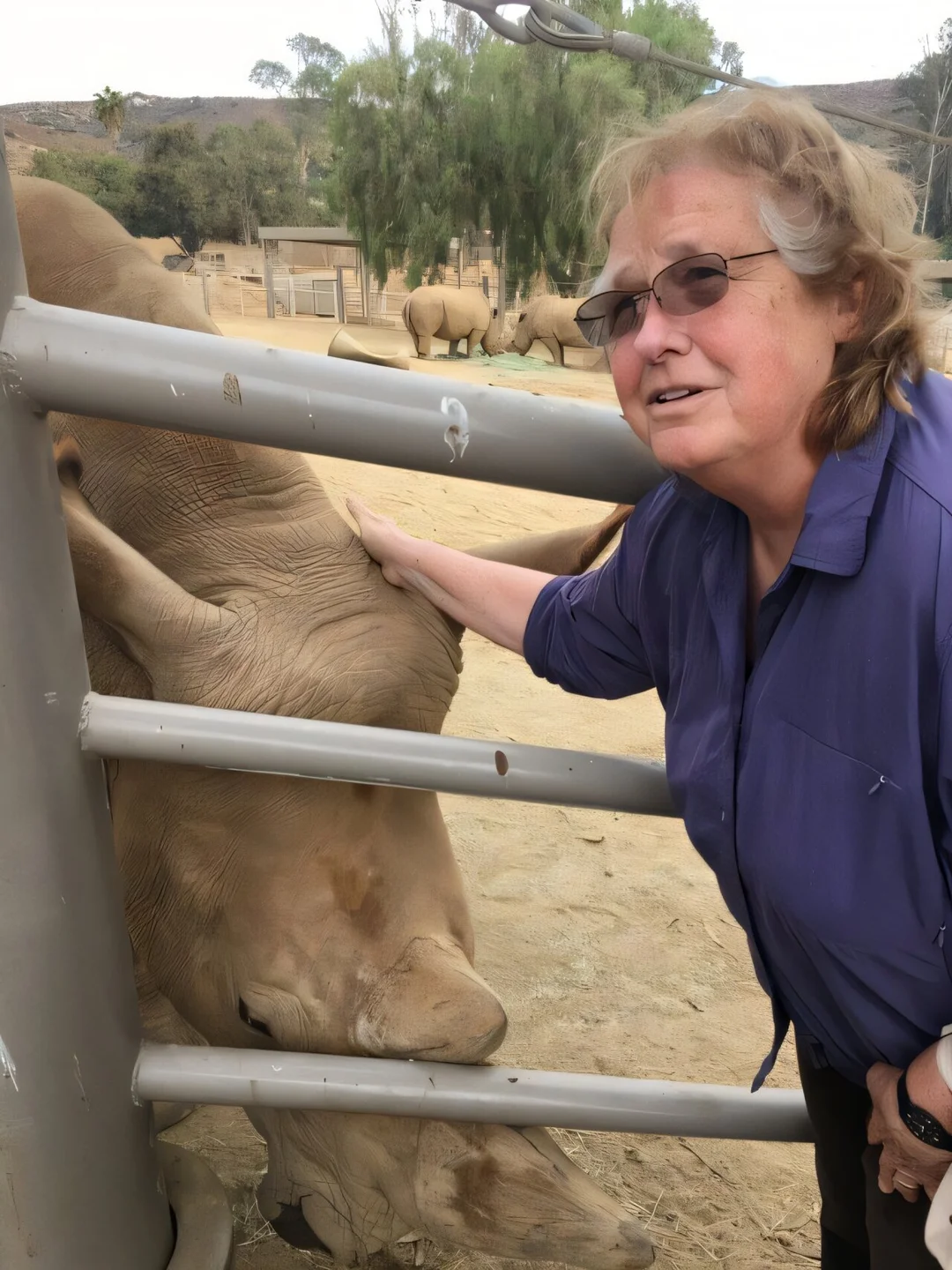
Genome of Near-Extinct Northern White Rhino Offers Hope for Reviving the Species
The northern white rhinoceros, one of Earth’s most endangered mammals, teeters on the brink of extinction, with only two females surviving. However, recent scientific breakthroughs provide a glimmer of hope for the species, thanks to a dedicated international team of researchers who have mapped the entire genome of this critically endangered animal.

The collaborative project involved experts from Scripps Research, the San Diego Zoo Wildlife Alliance, Max Planck Institute for Molecular Genetics, and other institutions. This joint effort is not just a scientific endeavor; it's a pivotal move towards reviving the northern white rhinoceros using advanced reproductive technologies.
Jeanne Loring, Professor Emeritus at Scripps Research, emphasizes the importance of this achievement, stating, "What’s so exciting about this milestone is that we’re getting closer to being able to rescue animals that otherwise might go extinct during our lifetimes." This statement underscores the broader implications of their work, hinting at the potential for future conservation efforts across various species.
The genome mapping represents a critical tool in understanding the health and viability of stem cells previously developed from northern white rhinos. By analyzing these cells, scientists hope to eventually produce sperm and eggs, paving the way for the creation of new rhinoceroses. Loring likened this milestone to the Human Genome Project, illustrating its significance in the scientific community.
One key element in this research was the examination of stem cells derived from a male northern white rhino named Angalifu, who passed away in 2014. These cells were preserved in the San Diego Zoo Wildlife Alliance's Frozen Zoo, allowing scientists to explore their potential in rebuilding the population. Marisa Korody, a conservation genetics expert, notes, "This high-quality reference genome is a key piece of the puzzle that helps us understand how the stem cells are functioning and guides our next steps in the genetic rescue process." The meticulous care in preserving rhino cells decades ago is now leading to innovative methods to combat extinction.
However, hurdles remain. The research revealed that many stem cell lines contained harmful mutations, raising concerns about their use for reproduction. Armed with the newly mapped genome, scientists can now scrutinize each cell lineage for safety and efficacy. This landmark undertaking sets a new gold standard, ensuring that the reproductive options for the northern white rhino are both viable and safe.
This genome mapping also provides clarity in understanding the genetic differences between northern and southern white rhinos. Previous studies suggested notable differences, but the new data indicates a surprising similarity, offering hope that southern white rhinos can serve as surrogates for the northern species without major complications.
In conclusion, while the path to resurrecting the northern white rhino remains fraught with challenges, researchers are armed with revolutionary technologies and a clearer understanding of genetics. As Loring aptly puts it, "We’re not resurrecting a mystery species—we’re restoring one we still know intimately." This endeavor exemplifies science’s potential to challenge extinction and restore balance to our planet's biodiversity. As this story unfolds, what other innovative methods might emerge to save at-risk species? Feel free to share your thoughts in the comments below.